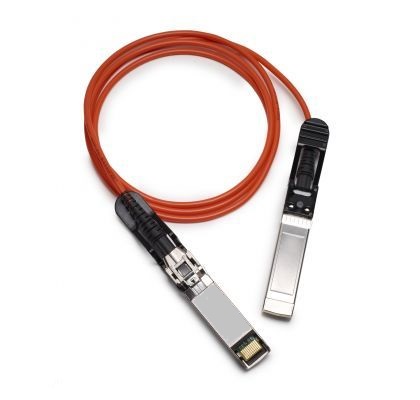- Sales SupportContact Sales
- Call us at: +(86) 15211074652
- Send us a email at: info@zr-fibercable.com
What are the functions and advantages of the active cable
Active cables are an advanced type of cable that are designed to transmit high-speed data over longer distances than traditional passive cables. Unlike passive cables, which simply transmit data without any additional processing or amplification, active cables include integrated circuitry that actively boosts and regulates the data signal, allowing it to travel much further without experiencing signal degradation or loss. In this article, we will discuss the functions and advantages of active cables.
Functions of Active Cables:
Signal Amplification: The primary function of active cables is to amplify the data signal, making it possible to transmit data over longer distances than traditional passive cables. The built-in amplification circuitry helps to boost the signal strength, allowing it to travel further without losing integrity or experiencing signal loss.
Equalization: Active cables also feature advanced equalization circuitry that helps to reduce signal distortion and signal noise, which can occur when data is transmitted over long distances. This helps to ensure that the data signal is clean and clear, even at longer transmission distances.
Error Correction: Another important function of active cables is error correction. The built-in circuitry helps to correct any errors that may occur during transmission, which can help to improve the overall reliability of the cable and reduce the need for re-transmission.

Power Management: Active cables also feature advanced power management circuitry that helps to regulate the power supply to the cable. This helps to ensure that the cable operates efficiently and reduces the likelihood of overloading or damaging connected devices.
Advantages of Active Cables:
Longer Transmission Distances: The primary advantage of active cables is that they are capable of transmitting data over longer distances than traditional passive cables. This makes them an ideal choice for large-scale installations or applications where data needs to be transmitted over significant distances.
Improved Signal Integrity: Because active cables feature advanced signal amplification and equalization circuitry, they are able to transmit data with greater clarity and reliability than traditional passive cables. This helps to reduce the likelihood of signal degradation or loss, which can improve the overall quality of the data transmission.
Greater Flexibility: Active cables are available in a wide range of configurations, allowing them to be used in a variety of different applications. They can be used for high-speed data transmission, audio/video applications, and other applications where signal quality and reliability are important.
Reduced Interference: Because active cables are able to transmit data over longer distances, they are less likely to experience interference from other cables or devices. This can help to improve the overall reliability of the data transmission, reducing the need for re-transmission or data correction.
Cost-Effective: While active cables are more expensive than traditional passive cables, they are still a cost-effective solution for many applications. Because they are capable of transmitting data over longer distances, they may be able to replace multiple shorter passive cables, reducing the overall cost of installation.
In conclusion, active cables are an advanced type of cable that offer a range of benefits over traditional passive cables. With their advanced signal amplification, equalization, error correction, and power management circuitry, they are able to transmit data over longer distances with greater reliability and quality. This makes them an ideal choice for a variety of different applications, from high-speed data transmission to audio/video applications and beyond. Whether you are designing a large-scale installation or simply need a reliable cable for a specific application, active cables are definitely worth considering for their advanced functionality and advantages.
You might be interested in
We use cookies to ensure that we give you the best experience on our website. By clicking on "Accept" or continuing to use this site, you agree to our use of cookies in accordance with our Cookie Policy .You can refuse the use of cookies here.
Accept

